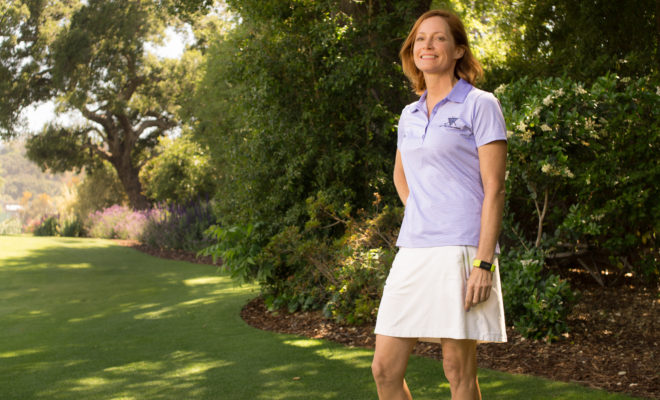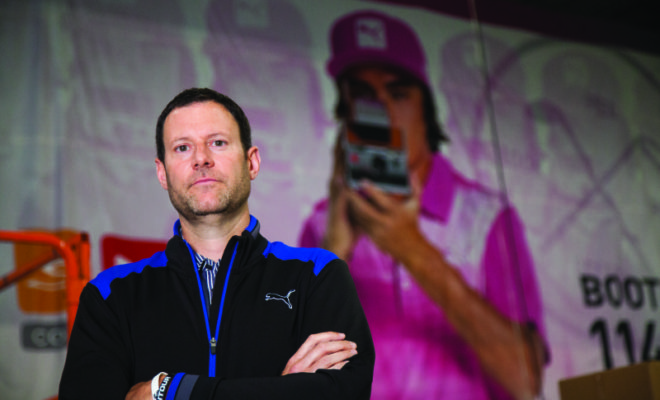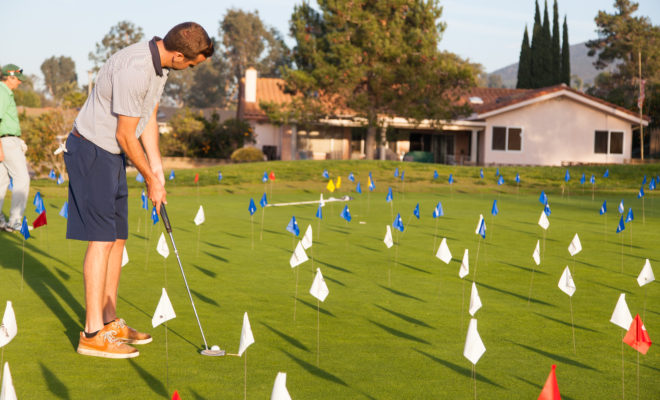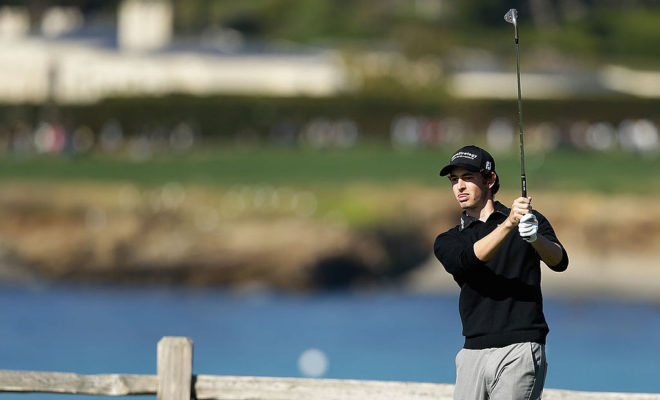Who Was Maggie Hathaway?
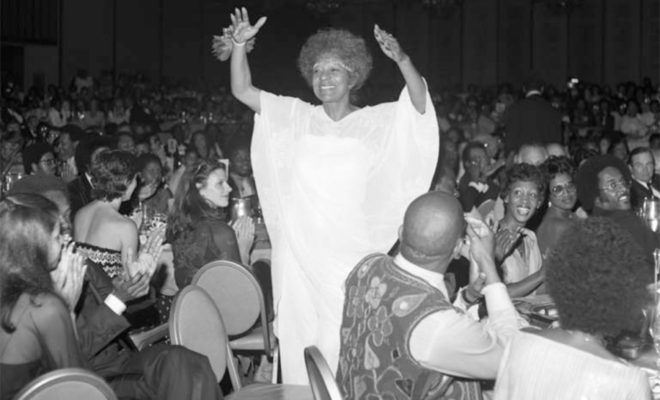
REMEMBERING THE FIERCE ADVOCATE FOR SOCIAL JUSTICE THROUGH GOLF
In the early 1970s, the Jackson 5 were among the biggest musical groups in the world. With their precocious lead singer, Michael, they’d appeared on The Ed Sullivan Show, were selling out every concert and had their own Saturday morning cartoon show. They would become one of the most influential bands of a generation.
And yet, somehow, on the first Sunday in March 1972, these international superstars, with no record of having any involvement in golf, attended the dedication of a junior golfers’ putting green at what was then called Western Avenue GC in South Los Angeles (later renamed for Black newspaper publisher Chester L. Washington).
Think about that in today’s terms. It’d be like Beyoncé showing up for a driving range ribbon-cutting.
The Jacksons being at Western was an almost comically improbable feat, and one that could only be pulled off by a singular firebrand of a person: Maggie Hathaway.
In the Southland golf community, her name is registering more now than at any time since Hathaway’s death at the age of 90 in 2001. In the buildup to hosting the 2023 U.S. Open, The Los Angeles CC (LACC) joined forces with the Southern California Golf Association (SCGA) in announcing a $15 million fundraising effort to fully renovate and add programming at the nine-hole, par-3 layout in South L.A., which, previously known as Jack Thompson GC, was renamed Maggie Hathaway in 1997.
With the support of the L.A. County Board of Supervisors, the project at “The Maggie” continues to move toward breaking ground and recently got a boost when Los Angeles GC — the professional team that will play in the Tiger Woods-founded TGL — said it would donate 10 percent of its sponsorship revenue to the renovation. So, you’re going to hear Maggie Hathaway’s name a lot in coming years.
“Her whole life was about staying relevant and opening doors for the next generation,” Susan Henderson, a longtime colleague and friend of Hathaway’s, told Global Golf Post in 2023. “I was there when [the course] was named after her, and I watched with pride and joy then. I could just imagine if she’s looking down [now] from heaven … that she would be overjoyed [about the renovation]. But she wouldn’t feel like her work is done.”
THE MAGGIE WAY
By that day with the Jacksons in the early ’70s, Hathaway was in her sixties, but she seemingly already had packed in a half-dozen lifetimes. As a young woman, she’d left her native Louisiana to pursue acting in Hollywood. When filmmaking’s discriminatory practices soured that desire, Hathaway forged a solo R&B recording career. But her voice would become far more valuable in the realm of civil rights. Hathaway fought for inclusion and equality on many fronts, and, to golf’s good fortune, that included the game that didn’t allow minorities onto many courses or into the mainstream professional ranks until the 1960s.
Her work — a good portion of it highlighted through writing golf columns for the California Eagle and Los Angeles Sentinel newspapers, as well as founding the Minority Associated Golfers (MAG) in 1963 — is what placed Hathaway with the Jackson 5 at the Western course. Beyond golf, she’d become a prominent figure in the entertainment business, having founded the first Beverly Hills-Hollywood chapter of the NAACP with Sammy Davis Jr.. Now she had the juice to get the pop super group to attend the opening of a single green.
That was the Maggie Way. With a snazzy fashion sense and a love for unique headbands, she didn’t lack confidence or verve. Hathaway had never picked up a golf club until organizing a 1955 protest at a Griffith Park golf pro-am event in which heavyweight boxing great Joe Louis was playing. When Louis striped his tee shot onto the green of the par-3 third hole, Hathaway needled him with, “Anybody could do that.”
Stung by the jab, Louis invited her to give it a try and promised Hathaway a set of new clubs should she find the green. “I hit the green with the first shot of my life, and he bought me the clubs,” Hathaway recalled for the Los Angeles Times in 1997.
A LEGACY OF INCLUSION
Thus hooked, Hathaway spent the rest of her life ensuring that minorities would have the opportunity to experience the same thrilling moments in the game. She was also a fierce fighter. For years, she kept the then-Jack Thompson course alive on a shoestring budget afforded by the county, eventually getting ardent support from L.A. County Supervisor Kenneth Hahn, a strong civil rights advocate who became a friend and important ally.
Hathaway twice went to jail for protesting non-inclusion at L.A courses, including one time at Western, after which pro football great and close friend Jim Brown bailed her out. She wrote frequently in her “Tee Time” column about discriminatory practices by the PGA Tour and Masters against the likes of Black stars Charlie Sifford and Bill Spiller, and Hathaway was there on the first tee at Augusta National when Lee Elder broke the Masters color barrier in 1975. She later recounted that she fainted because of the excitement.
Twenty-two years later, Hathaway covered her second Masters, when Tiger Woods debuted as a pro, and won his first green jacket in record fashion.
How did Maggie celebrate? Seeking to leverage Tigermania, she began lobbying the county for a putting green to be installed at the Jim Gilliam Recreational Center on South La Brea.
Three years later, in February 2000, and nearly 30 years after her “Jackson 5” coup, another new green was dedicated, because Maggie Hathaway made it so.

